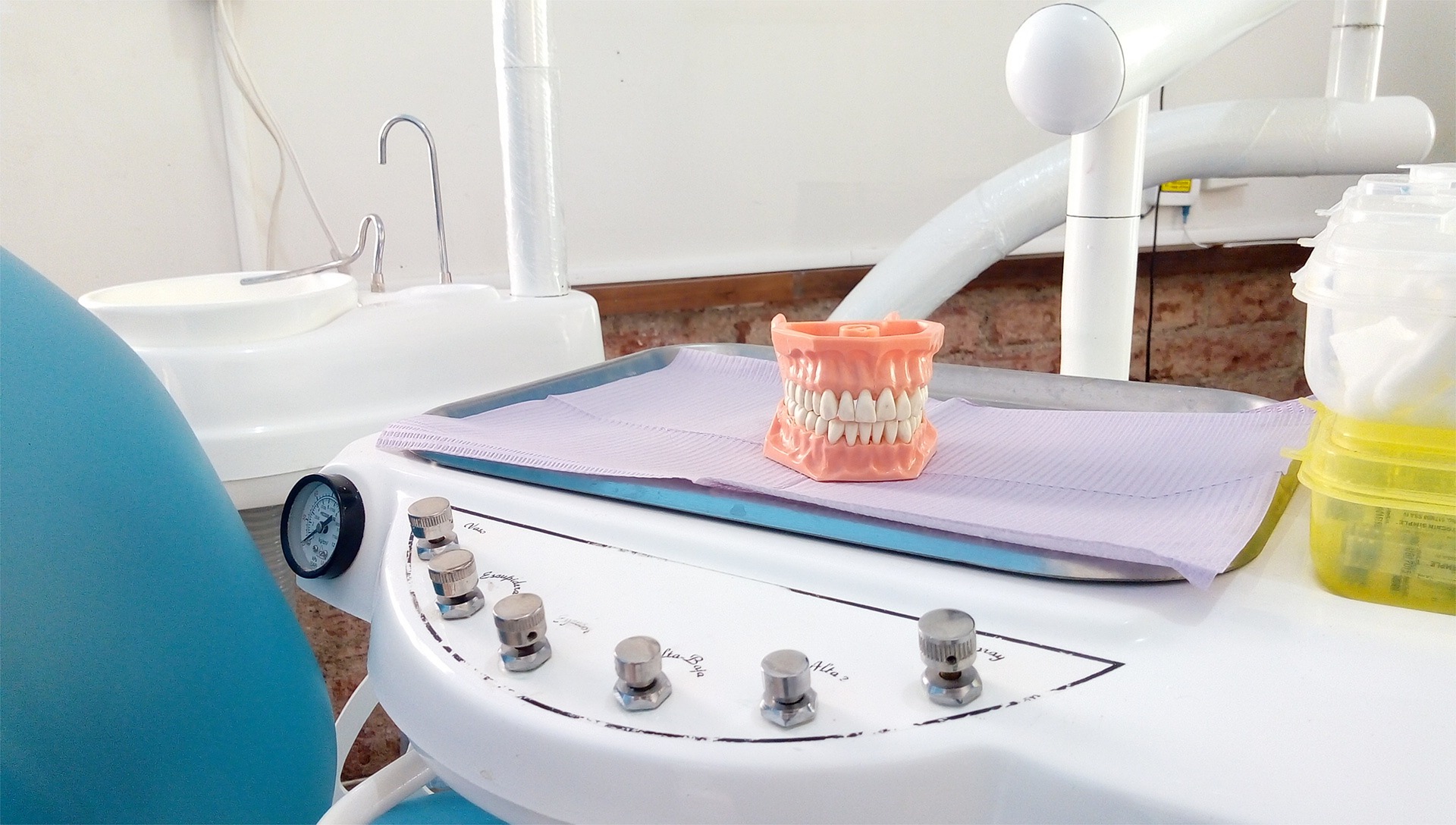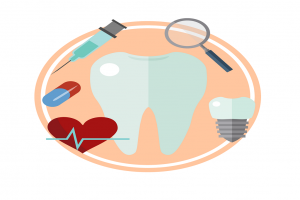A lot of our readers are asking us questions about dental prostheses. Therefore, we thought it would be nice to put up a small Q&A article where we outline some of the most common questions and the answers to them. For our answers, we always consult with numerous articles on the topic, and we talk to other dentists around the world whom we have gotten to know at seminars and workshops. Enjoy this little Q&A session!
Question: What is a dental prosthesis?
Answer: Dental prostheses are replacements for teeth that are missing.
Question: Are there several types of dental prostheses?
Answer: Yes. According to Bloom Family Dental in Wisconsin, there are mainly three. One is attached to your teeth; one, the complete removal, which is usually used when one has lost all their teeth; and one, the partial removal, which replaces one or a few teeth.
Question: How does a dental prosthesis work?
Answer: First, an impression is made of your mouth and jaw, so that a mold can be made. When it is finished, a gum-colored material is used, and the synthetic teeth are attached to it. Your tongue helps the prosthesis stay in place, which is one of the reasons you actually need to learn how to use it.
Question: Is it uncomfortable to have a dental prosthesis?
Answer: According to one of the dental clinics whose opinion we asked for, the discomfort of a prosthesis is sometimes understated. Fredrikstad Tannhelse, a clinic which lies to the south of Oslo in Norway, sent our Norwegian representative an email where they explained their opinion on the topic (see English explanation below):
“Som en av Fredrikstad sine sentrale tannklinikker er det viktig for oss å være ærlig med kundene våre. Vi får inn mange med tannproblemer som spør om det er vondt å ha på tannprotese. Da sier vi det som det er, at de kan oppleve ubehag ganske lenge etter at de har fått satt inn protesene. De kan gnage, ta mye plass, og gjøre at man produserer mye spytt. Alt dette er vanlig, derimot, og så lenge pasienten stoler på behandlingen vi tilbyr hos tannlege Fredrikstad, så går alt helt fint. Problemer oppstår hvis folk begynner å prøve å justere på protesene selv.”
This email explains how Fredrikstad Tannhelse gets a lot of questions about whether a dental prosthesis is uncomfortable to wear. The short answer is that yes, it is, and it usually takes quite some time for the mouth to adapt to it. This clinic values honesty above giving people false hopes.
Question: How to keep dental prostheses clean?
Answer: Don’t let it try out; put it into a glass of water when you don’t use it. Use lukewarm water to rinse it. Brush it each day to remove food and plaque from it.
We hope you found this little Q&A session useful!…



